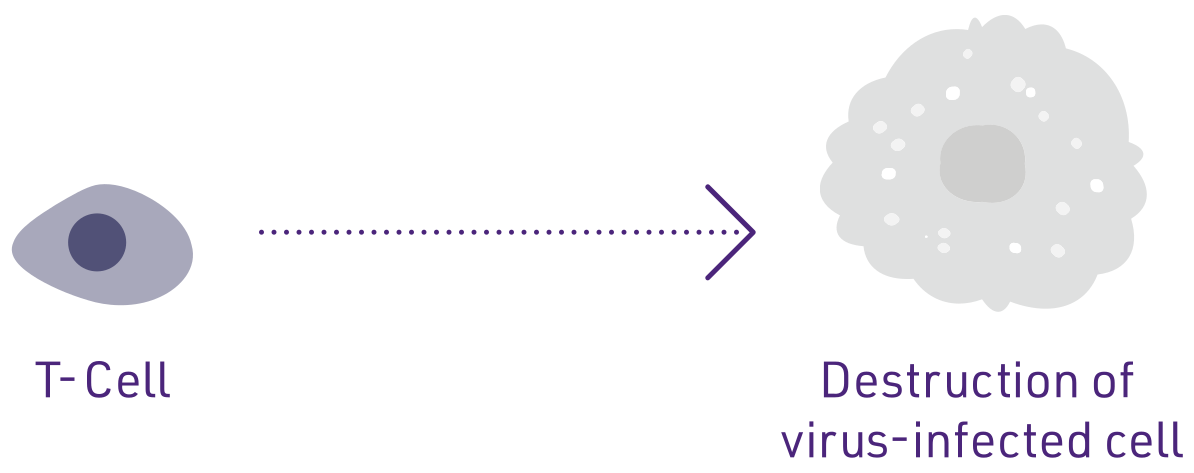How does the immune system work?
Your immune system is made up of numerous mechanisms to counteract intruders that could potentially make you sick. This system has two levels of protection that work hand in hand – the innate and acquired immune response.
In order to defend your body against such intruders, the immune system must first distinguish between what belongs to the body (self) and what doesn’t (nonself or foreign). The latter are called antigens – any substance your immune system recognizes as an invader (nonself). Once your body detects antigens, it triggers the body’s immune response.

INNATE OR NON-SPECIFIC IMMUNE SYSTEM
Innate means something a person is born with. So innate immunity does not require a previous contact with invader towork effectively. It responds to invaders immediately, without needing to learn to recognize them.
PHYSICAL BARRIERS
- A key component of the innate immune system is the physical and biochemical barriers in the body, such as the skin, mucous membranes, saliva, and gastric acid.
- These prevent intruders from entering the body in the first place.
LYMPHOCYTES AND PHAGOCYTES
- The innate immune system also relies on so-called first responder cells, which recognise a broad spectrum of antigens and stop them from spreading in the body. These include natural killer cells (NK cells), which can identify and destroy infected or cancerous cells.
- Macrophages are also part of this response. They are atype of white blood cell that engulfs and digests dying cells, foreign substances, and microbes in a process called phagocytosis.
ACQUIRED OR SPECIFIC IMMUNE SYSTEM
In contrast to innate immunity, your acquired or specific immunity is activated by specific antigens when they enter the body. This part of the immune response is built up gradually over the years.
CELL-MEDIATED IMMUNITY

HUMORAL IMMUNITY

As your body is exposed to antigens, it learns how to counter them and stores this information so that it knows exactly what to do next time. After initial exposure to a specific antigen, the response in a repeated case is fast and targeted.
YOUR ACQUIRED IMMUNE SYSTEM IS MADE UP OF THE FOLLOWING COMPONENTS:
- Cell-mediated immunity is an immune response that activates specific T-cells to destroy infected cells.
- Humoral immunity refers to antibody production with the help of B-cells.


